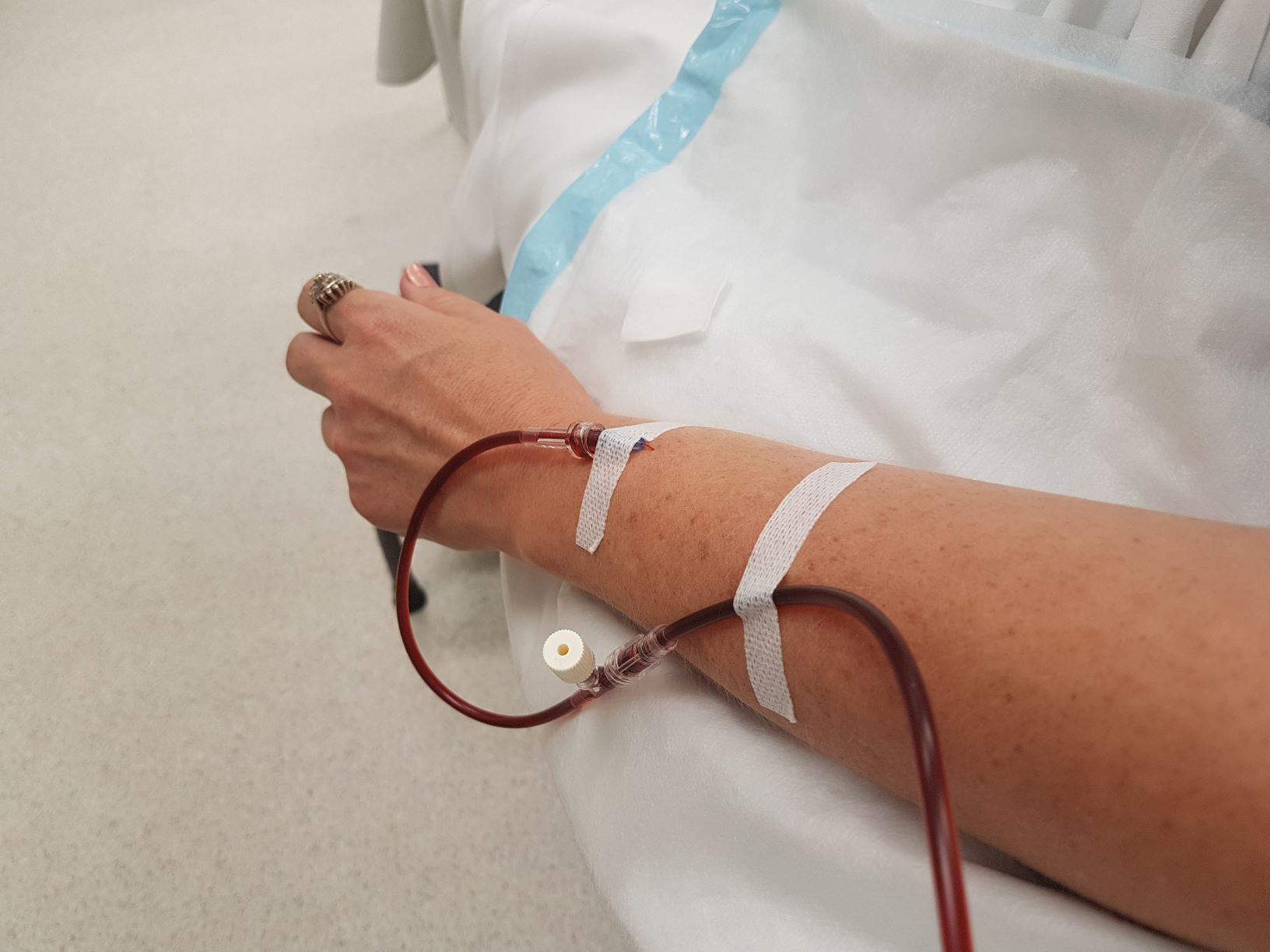Iron deficiency is a common problem in Australia, and the most common nutrient deficiency in the world. Usually, it’s treated with iron supplements but, occasionally, an iron infusion is called for. Fortunately, iron infusions are available at Yarra Medical in Melbourne, located in Richmond and Abbotsford. They take around an hour, and you’ll be safe to drive home afterwards. You can easily make an online booking for a consultation with one of our experienced GPs, and be sure to check out our iron infusion page for more information and our opening hours.
How It Works
An initial appointment is required with your GP, around 10 to 15 minutes, to assess your suitability for an iron infusion. You’re then booked in for the treatment, which takes around one hour. You can book your initial consultation online with a Yarra Medical GP.
Why is iron important?
Iron is bloody important. It’s used to make haemoglobin, which makes our red blood cells red and allows them to carry oxygen around the body. A lack of iron can make us feel tired and fatigued, generally low on energy, and cause headaches, low concentration and a greater than usual aversion to exercise. It can also weaken our immune system.
Having said that, if you feel constantly fatigued and low on energy, that doesn’t mean you have iron deficiency. You can feel tired due to numerous reasons, so it’s important you don’t self-diagnose and start taking iron supplements. It could lead to iron toxicity. The first step is always a chat with one of the GPs at Yarra Medical.
When is an iron infusion appropriate?
Most cases of iron deficiency or anaemia are treated with oral iron supplements, tablets or liquid taken by mouth. Occasionally, however, an infusion is called for. The word infusion (or intravenous or IV) simply means giving something directly into the bloodstream via a vein. So an iron infusion is an injection of iron into the bloodstream.
The needle is usually placed into a vein in the arm or the back of the hand, and attached to a drip that delivers the iron (which has been mixed with saline). The iron drips slowly (infuses) into the vein and enters the bloodstream.
Iron infusions are appropriate under a number of circumstances.
- People with iron deficiency anaemia (IDA) sometimes find that oral supplements don’t return their iron to adequate levels.
- Iron supplements aren’t being absorbed by the gut.
- A person may be unable to take oral medication.
- Iron levels may need to be raised quickly, for major surgery or late in pregnancy to avoid blood transfusion.
- If a person has a chronic illness such as kidney disease or heart failure.
How much iron is needed in an iron infusion?
Your GP at Yarra Medical will determine the dose required to return your iron levels to a healthy level and top up your reserves (yes, we hold reserves of iron in our bodies for rainy days). If all the iron you need is given in one infusion, that is called a “total dose” infusion. Sometimes a “total dose” is required, and sometimes all you need is a smaller infusion to allay symptoms and avoid procedures like blood transfusions. Afterwards, you might use iron tablets to return your iron levels to normal. It may take a few weeks for the treatment to have its full effect; your GP will check your iron levels to see how you are responding.
What is anaemia?
Simply, anaemia means you don’t have enough good quality red blood cells in your body. Either the number of red blood cells is low, or the haemoglobin level is low. In either case, the heart has to pump harder to get the required amount of oxygen around the body. Anaemia isn’t a disease, but the result of some underlying condition or malfunction. It can be caused by genetic or chronic diseases, autoimmune diseases, infection, blood loss or bone marrow disorders, but the most common cause of anaemia is iron deficiency.
What causes iron deficiency?
Iron deficiency has several causal factors.
- Genetic diseases, such as sickle-cell anaemia
- Chronic disease, like diabetes
- Bone marrow disorders, which can be a result of cancer
- Infection, such as malaria
- Blood loss, caused by trauma, surgery or even blood donations
- Drugs and medications
Iron deficiency symptoms
If you’re iron levels drop low enough to cause anaemia, you may experience any of the following:
- Shortness of breath
- Unusual lethargy and weakness
- Fast and/or irregular heartbeat
- Light-headedness
- Cold hands or feet
As you can tell, a lot of these symptoms can be the result of numerous conditions, and not necessarily iron deficiency. We always stress that you seek advice from one of our GPs before going ahead with any form of iron supplementation.
For more information on iron deficiency, check out this excellent Better Health page.

